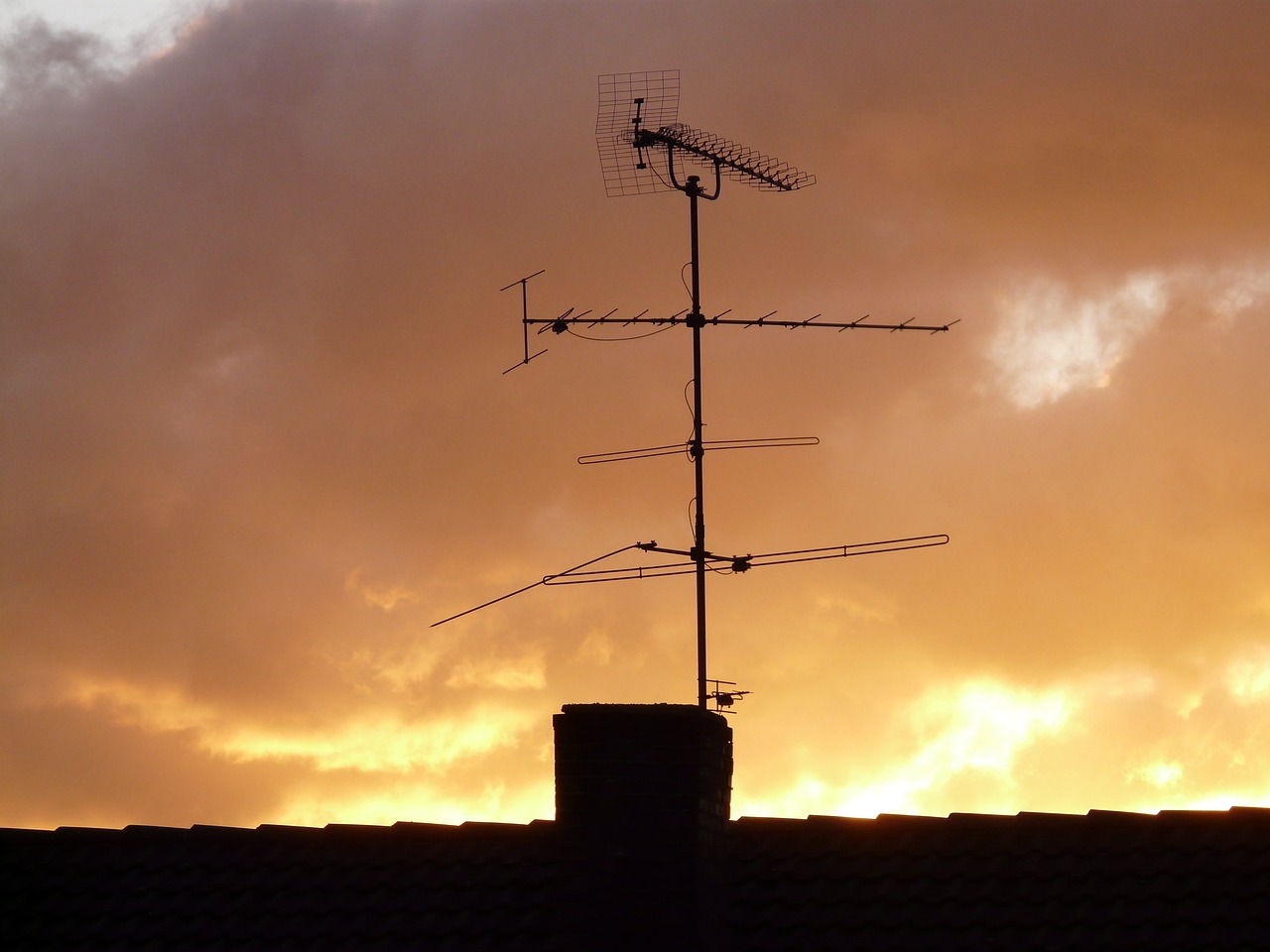So do you need an aerial for Freeview? Yes, you’ll need a proper TV aerial for Freeview to access its full range of digital terrestrial channels. A well-maintained aerial is important for the best signal quality and seamless viewing.
Poor placement or a faulty aerial can degrade channel access. Both wideband and grouped aerials work, with widebands covering the entire digital TV range, making them versatile.
If you live in a shared building, make sure the communal aerial supports Freeview.
While services like Freeview Play use an internet connection, a traditional aerial remains necessary for the best Freeview experience. Learn more about picking the right aerial and installation tips.
Key Information
- A TV aerial is essential for receiving Freeview’s digital terrestrial channels.
- Properly functioning aerials ensure optimal signal reception and channel access.
- Wideband aerials are recommended for comprehensive Freeview coverage.
- Freeview Play offers an alternative but still requires an internet connection.
- For the full range of channels, a traditional aerial remains necessary.
Understanding Freeview and Aerials
To enjoy Freeview, you’ll need a working TV aerial, as it’s essential for receiving digital terrestrial channels. A properly functioning aerial is the backbone of your Freeview setup, enabling you to access a variety of TV channels.
The condition and positioning of your aerial play a crucial role in ensuring excellent signal reception. If your aerial is faulty or poorly placed, you won’t be able to watch Freeview channels effectively.
Maintaining your aerial in good condition is crucial. Should you encounter issues or need installation advice, consulting a professional aerial installer is highly recommended.
They can provide expert guidance on ensuring your aerial is correctly installed and maintained, guaranteeing the best possible Freeview experience.
Types of TV Aerials
Understanding the different types of TV aerials is essential for optimizing your Freeview reception. Two main types of aerials are grouped aerials and wideband aerials.
Grouped aerials are tuned to specific frequency bands, while wideband aerials cover the entire digital TV range, including Freeview channels. Most aerials replaced in the last decade are wideband, providing flexibility in channel reception.
| Aerial Type | Characteristics |
|---|---|
| Grouped Aerials | Tuned to specific frequency bands |
| Wideband Aerials | Covers entire digital TV range |
| Loft/Indoor | Effective in good reception areas, but prone to interference |
Loft or indoor aerials can work in areas with strong signal strength, though they may suffer from interference. Choosing the right type depends on your location and specific needs.
Communal Aerials and Freeview
In many shared households, communal aerial systems provide the Freeview signal directly to each unit, guaranteeing consistent reception for all residents.
First, check with your neighbors to assess the reception quality from the communal aerial. If you find the signal is poor, it’s crucial to request a check from your landlord or building management. They can arrange for a technician to inspect and potentially upgrade the system.
Confirm the type of communal aerial installed in your building to ensure it supports Freeview channels.
Should issues persist, consult with professional aerial installers. They can diagnose and rectify any problems, ensuring you receive excellent Freeview reception through the communal system. This proactive approach ensures your viewing experience remains uninterrupted.
Installing a New Aerial
If troubleshooting the communal aerial doesn’t resolve the reception issues, you might need to consider installing a new aerial to guarantee peak Freeview signal quality. First, always hire a qualified aerial installer for the job to guarantee proper setup.
Industry guidance suggests a typical cost for replacing an aerial, which helps in budgeting your expenses. It’s wise to obtain multiple quotes from different installers to compare prices and services offered.
Utilize recommended websites to find local aerial installers, guaranteeing a reliable and efficient installation process. By following these steps, you can greatly improve your Freeview signal quality, ensuring a seamless viewing experience.
Freeview Without an Aerial
To watch Freeview without an aerial, you’ll need to explore alternative streaming options like Freeview Play, which relies on an internet connection. Freeview Play integrates live TV with on-demand content, allowing you to catch up on missed shows via apps like BBC iPlayer, ITV Hub, and All 4.
Your smart TV or set-top box must be compatible with Freeview Play and connected to the internet. Remember, while Freeview Play offers a broad range of content, it doesn’t replace the necessity of an aerial for traditional Freeview broadcasts.
Therefore, if you want the full range of Freeview channels and excellent picture quality, a properly installed and maintained aerial remains essential.
Choosing the Right Aerial
Selecting the appropriate aerial is crucial for guaranteeing excellent Freeview signal reception and access to the complete range of channels. To make an informed decision, consider the following:
- Wideband Aerials: These cover the entire range of digital TV signals, including all Freeview channels. If your aerial was replaced in the last 10 years, it’s likely a wideband model.
- Aerial Type: For top-notch digital TV signals, including Freeview, choose an aerial type T or W. These are specifically designed for digital broadcasting.
- Outdoor Installation: For the best signal reception, consider installing an outdoor wideband aerial. This setup minimizes obstructions and maximizes signal strength.
Additionally, check the predicted channels in your area to ensure compatibility.
Frequently Asked Questions
Can I Receive Freeview Without an Aerial?
No, you can’t receive Freeview without an aerial. Freeview relies on a TV aerial to capture broadcast signals. Make sure your aerial is in good condition for the best reception and access to all available channels.
Can You Get Freeview Through Wifi?
You can’t get Freeview through Wi-Fi alone. For live TV channels, you’ll need a functioning aerial. Wi-Fi is essential for streaming on-demand content via Freeview Play, but it doesn’t replace the need for an aerial connection.
Do You Need an Aerial With a Smart TV?
Yes, you’ll need an aerial with a Smart TV to watch live TV channels. While on-demand content and internet-based streaming services don’t require it, an aerial is essential for receiving over-the-air Freeview signals.
How to Watch Free-To-Air TV Without an Aerial?
To watch free-to-air TV without an aerial, you can use streaming services like BBC iPlayer and ITV Hub, or get a Freeview Play device. Make sure you have a stable internet connection of at least 2Mbps.
Conclusion
In summary, to get the best Freeview experience, you’ll generally need a suitable TV aerial. Whether it’s a roof-mounted, indoor, or communal aerial, ensuring it’s properly installed and maintained is essential.
While some devices offer limited Freeview channels without an aerial, they can’t match the reliability and channel variety of a dedicated aerial.
https://www.freeview.co.uk/help/channels-live-on-demandChoose the right type based on your location and signal strength to enjoy top-notch viewing quality.



